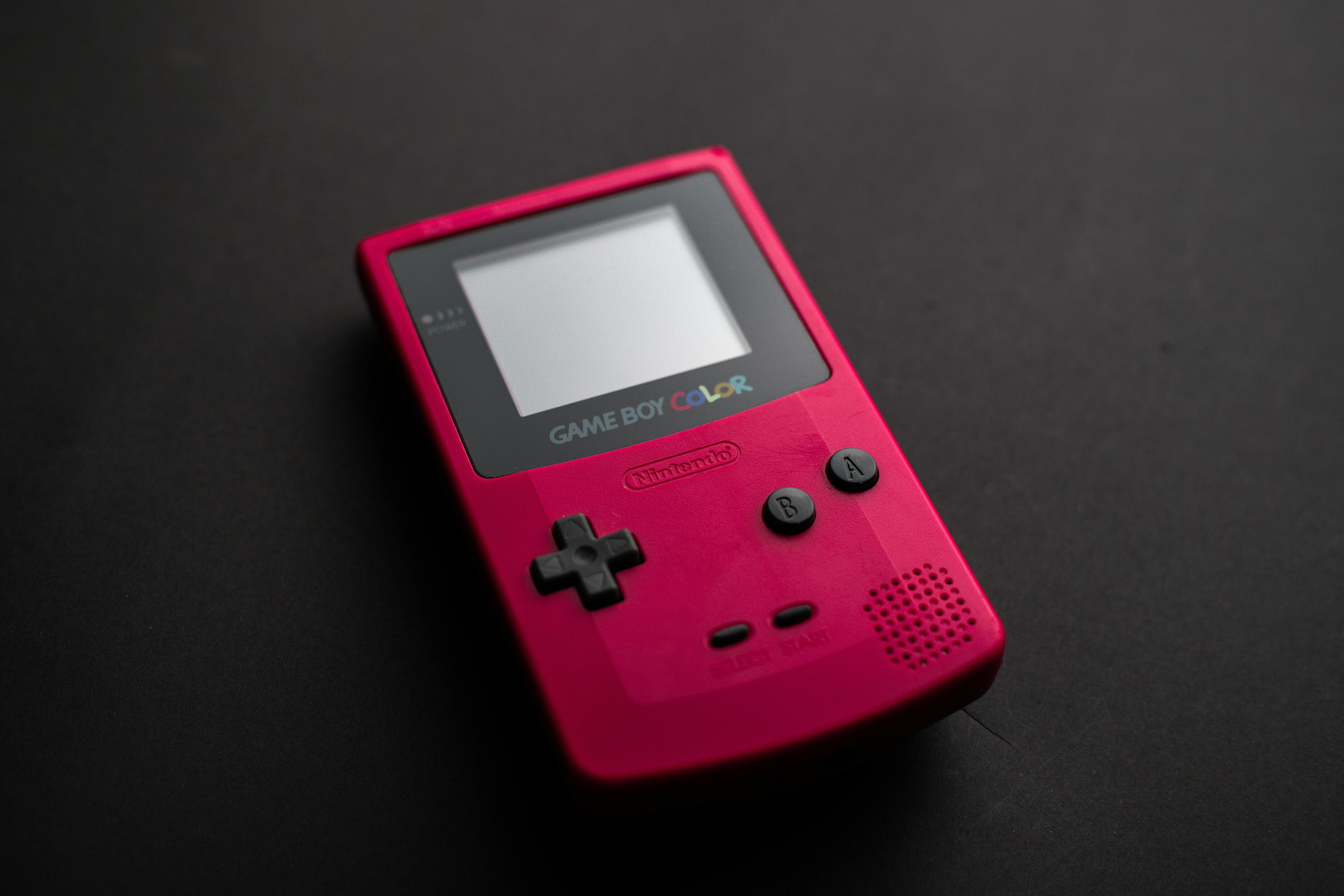Yoga for great tennis
You are on a tennis court and everything looks good: your backhand is as strong as ever and your serve is impeccable. Point after point, you win the game. Inspired, you return to the same court the next day, and unfortunately, you are faced with a different scenario: nothing works, all the balls go, and the more points you lose, the more irritable you become. Unfortunately, this scenario is all too familiar to most tennis players. If you are not a professional, you are likely to experience some degree of instability in your tennis game.
Yogic practices can be of great help in making your tennis game more stable and strong.
Meditating for just ten minutes a day can greatly improve your concentration during a stressful match, and dristi (gaze) would prevent your tennis instructor from yelling, “Watch the ball!” For the seventeenth time during a half hour practice. Pranayama (breathing practices) increase lung capacity, so you don’t run out of breath while your tennis partner is busy running up and down the court. Regular asana practice would make you more flexible and thus increase your range on the court. Sun salutations make the spine more flexible, so if used as a pre-game stretch, they can greatly reduce the risk of injury.
While most yoga poses can be used to help improve your tennis game, some poses are better than others as they target tennis-specific injuries and problem areas. These poses can be done both on and off the court and of course if you want to see quick improvement you should try to practice regularly.
Before you begin your yoga practice, take a moment to center your breath. Inhale and exhale deeply and completely through your nose (ujjayi breathing). Try to remember to return to this type of breathing between difficult points during your next match. You will notice the calming and centering effect of ujjayi when you are stressed about a playoff or losing a game.
Inhale and raise your arms in a prayer position towards the sky. Exhale and bend forward, placing your palms on the ground, fingertips in line with your toes. Then stretch your legs if you can. Inhale and look up. The spine is straight. Exhale and jump or step back into chaturanga, bending your elbows behind you. Look ahead, not down. The elbows have to be very close to the body, do not let the coccyx stick out in the air. Keep the space between your shoulder blades wide. Hold the pose for five breaths. This pose strengthens your arms and wrists, so you’ll never have to use one of those pesky wrist machines again, because practicing chaturanga will eventually give you better racket control.
Inhale and move forward, lifting Facing Dog up.
Your thighs should be a few inches off the ground. Stare at the tip of your nose. Make sure that the inner creases of the elbow face forward, thus opening the shoulders. Hold for five breaths.
Up-dog is excellent for the treatment and prevention of tennis elbow. Because the pose opens up the shoulders, there is less pressure on the elbow joint. The pose also strengthens the spine, arms, and wrists. It can improve your service.
Exhale and work your way into downward facing dog, pushing back, straightening your legs and trying to place the soles of your feet on the ground. Look at your navel. Extend your fingers and make sure your inner elbow creases are still turned forward, while your middle fingers are parallel and pointing forward. In this way, you are avoiding tennis elbow by stretching the shoulder joint. Engage your quads and hold the pose for five breaths.
Downward Facing Dog is one of the best pre-game stretches. Stretches your spine, sides of your torso, shoulders, arms, neck, and backs of your legs. If you practice Downward Facing Dog regularly, you should have a better reach on the court and may feel lighter as you run towards the net. Your groundstrokes can be greatly improved by all this stretching. If you love this pose, you’re unlikely to develop leg cramps after the game, due to the regular stretching of your hamstrings. The serve must become very powerful from the opening of the shoulder.
From a standing position, inhale and lift your right knee toward your chest. Exhale and open your right knee to the right, placing the sole of your right foot on the inner side of your left thigh. Imagine energy rising up through your left leg. Lift your pelvic floor in and up. Keep your torso straight and as you inhale, raise your arms in prayer above your head, with your forearms behind your ears to do the tree pose, vrksasana.
Keep your gaze fixed on a still point in front of you. Hold ten breaths and repeat on the other side.
Tree pose is excellent for balance and coordination, which are necessary for tennis. It also strengthens your back and core muscles for a big serve and works your leg muscles for groundstrokes and volleys.
Practicing yoga can make your tennis game more stable, improving your strokes and helping your injuries. More importantly, yoga can stabilize your mind, so you can “get in the zone” necessary to win.
